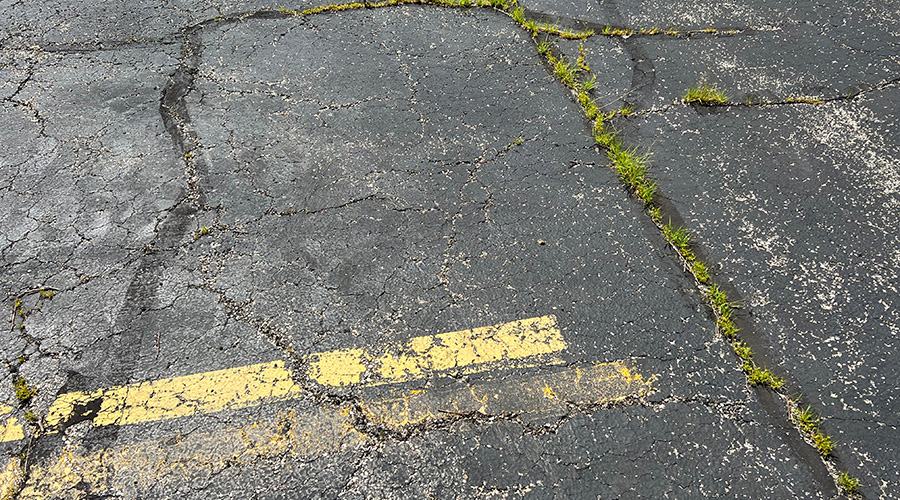Steps to Build Training Programs for Snow and Ice Removal
Snow and ice management involves long and difficult hours, the coordination of equipment and people, and often dangerous weather conditions. Creating a safety and training program is paramount and should include:
• an annual refresher for crews on plowing, deicing, and equipment operation and maintenance
• structured orientations and a buddy system for new employees removing snow and ice for the first time at the organization
• safe lifting and loading procedures for bagged salt, snow blowers, and other equipment, as well as additional training on operating and maintaining snow blowers to prevent injuries.
• safe and efficient plowing techniques, including stacking snow and evaluating a range of plowing equipment options
• operating spreaders, emphasizing the potential pinch areas and spinning parts that could snag clothing and cause injury
• sleep-deprivation recognition to aid operators during long shifts
• information on the health concerns and potential hazards of shoveling snow, including exhaustion, frostbite, and heart attack
• proper use of anti-icing and deicing chemicals, application rates, and the potential hazardous effects they can have on the property.
SPOTLIGHT: SIMA
The Snow & Ice Management Association (SIMA) is a nonprofit trade association ensuring professionalism and safer communities by helping those who manage snow and ice master essential skills and practices. SIMA has more than 1,000 members across the United States and Canada dedicated to safe, efficient snow and ice control. SIMA offers resources for managing snow and ice for snow contractors, as well as maintenance and grounds managers in hospitals, universities, and large commercial facilities. For more information, visit www.sima.org.
|
Related Topics:















